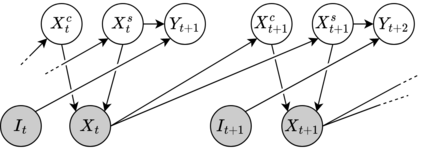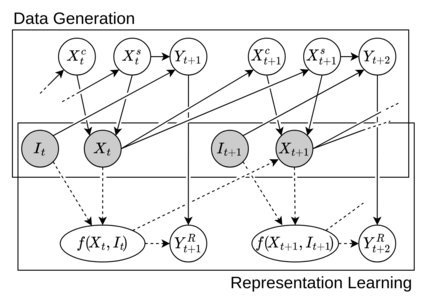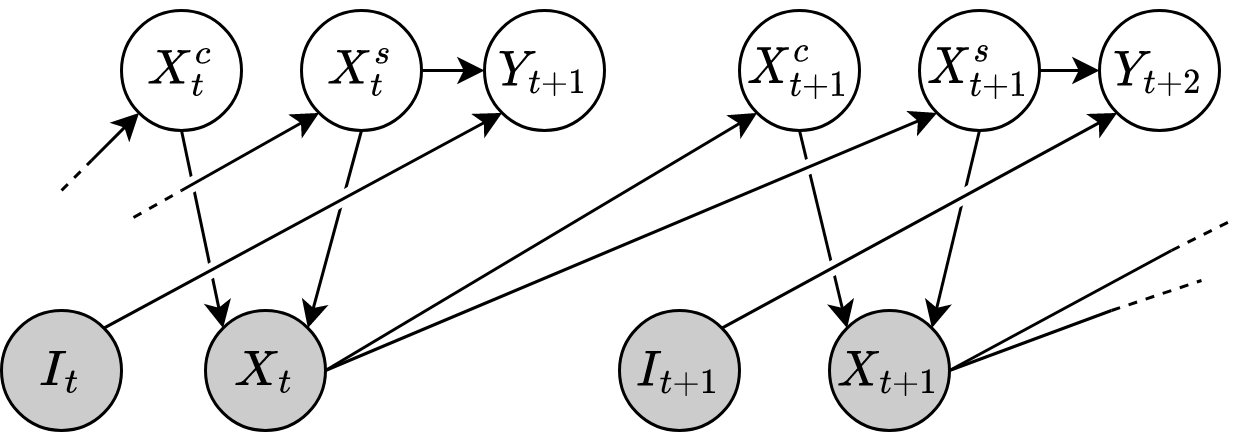Recent work on neural algorithmic reasoning has investigated the reasoning capabilities of neural networks, effectively demonstrating they can learn to execute classical algorithms on unseen data coming from the train distribution. However, the performance of existing neural reasoners significantly degrades on out-of-distribution (OOD) test data, where inputs have larger sizes. In this work, we make an important observation: there are many different inputs for which an algorithm will perform certain intermediate computations identically. This insight allows us to develop data augmentation procedures that, given an algorithm's intermediate trajectory, produce inputs for which the target algorithm would have exactly the same next trajectory step. We ensure invariance in the next-step prediction across such inputs, by employing a self-supervised objective derived by our observation, formalised in a causal graph. We prove that the resulting method, which we call Hint-ReLIC, improves the OOD generalisation capabilities of the reasoner. We evaluate our method on the CLRS algorithmic reasoning benchmark, where we show up to 3$\times$ improvements on the OOD test data.
翻译:暂无翻译






